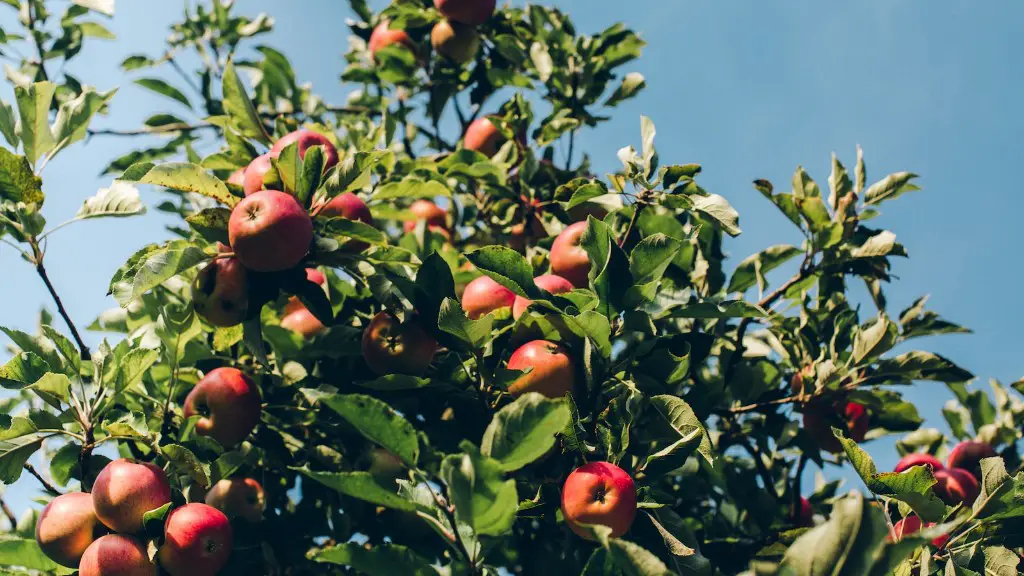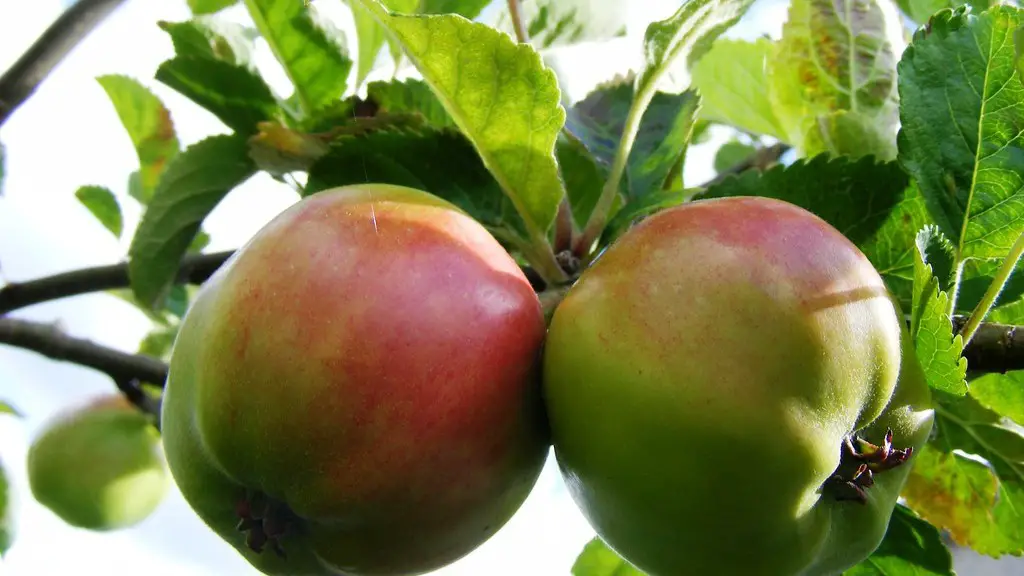Climatic Conditions
Cherry trees, like all other trees, have certain climatic conditions in order to thrive and flower. These include temperature, moisture levels and exposure to sunlight. If your cherry tree is located in a climate that is too warm or too cold for the tree to survive, or there is not enough sunlight and/or moisture, then the tree will not flower. To ensure the ideal conditions for your cherry tree to flower, look for a spot in your garden that gets direct sunlight for at least 4 to 6 hours a day and is protected from strong winds.
Soil Requirements
Cherry trees need soil that is rich in both nitrogen and potassium in order to flower. Before planting, check the soil’s pH levels to make sure they are ideal for cherry trees. This can be done by purchasing a soil test kit or by contacting your local extension service. If your pH levels are not ideal, then you may need to add nitrogen or potassium to the soil in order to encourage flowering.
Pruning
Pruning is a critical aspect of cherry tree care and is essential for healthy flowering. Pruning helps the tree to achieve the appropriate growth shape and size, and removes any dead or diseased branches. Pruning should be done in early spring before the tree begins to flower. To properly prune your cherry tree, use pruning shears to remove any dead or diseased branches and thin out the canopy to encourage sunlight penetration and air circulation.
Fertilizer Requirements
In order for your cherry tree to have enough nutrients to flower and produce fruit, you need to fertilize it regularly. Fertilizing your tree once a month during the spring and summer months will ensure that your cherry tree has the necessary nutrients to bloom. Make sure to pick a fertilizer specifically designed for fruit trees and follow the instructions on the label carefully.
Plant Stress
Cherry trees can become stressed due to environmental factors such as disease, pest infestations, and extreme temperatures. In addition, if your tree is planted in a location that is too shady or too windy, then the tree may not flower. If you suspect that your cherry tree is under stress, then it is important to take steps to reduce the stress in order to encourage blooming. These steps may include treating existing pest problems, planting in an area with more sunlight and air circulation, or providing more water during periods of drought.
Pest Control
Pests can be one of the biggest threats to your cherry tree’s health and can prevent flowering. To keep your cherry tree healthy and reduce the risk of disease and pest infestations, use an insecticide or fungicide before and after flowering season. Using the appropriate products and following the label directions carefully can help to ensure that your cherry tree is protected from pests and is able to flower.
Species Choice
The type of cherry tree you chose for your garden may affect its ability to flower. Some types of cherry trees require a specific climate in order to flower, while others will only flower in certain seasons. Make sure to research the type of cherry tree you want to plant and make sure it will survive in your climate zone before planting.
Winter Injury
Cherry trees can be vulnerable to winter injury, which can prevent them from flowering. To protect the tree from winter injury, make sure to provide it with extra insulation such as mulch and straw during the cold winter months. This will help to protect the tree roots from freezing temperatures and encourage healthy flowering.
Planting Depth
Another important factor to consider when planting a cherry tree is the depth of planting. Planting the tree too deeply can cause the tree to be waterlogged and hinder the tree’s ability to absorb nutrients and oxygen. To ensure the best growth results, make sure to plant your tree at the same soil level as it was in the container or in the ground before it was planted.
Root Competition
Root competition is another factor to consider when planting a cherry tree. If there is any other grass, tree or shrub near the cherry tree’s root system, the other plant’s roots may be competing for the same resources and reducing the cherry tree’s ability to flower. To prevent this, make sure that your cherry tree is planted in an area with plenty of open space around the root system so that the tree can access the nutrients and water it needs.
Growth Requirements
Cherry trees also have specific growth requirements in order to flower. Make sure that the tree has sufficient space to grow, as crowded trees are not only at a greater risk for disease but are also more likely to produce fewer flowers. When planting, make sure to give your cherry tree plenty of space to spread its roots and grow.
Proper Care
Taking proper care of your cherry tree is essential for encouraging it to flower. For best results, water the tree regularly and check the soil moisture levels regularly. Proper pruning, fertilization and pest control can also help to ensure that your cherry tree is healthy and blooming. Additionally, keeping an eye on the growth requirements, root competition, and species choice are all important factors to consider.



